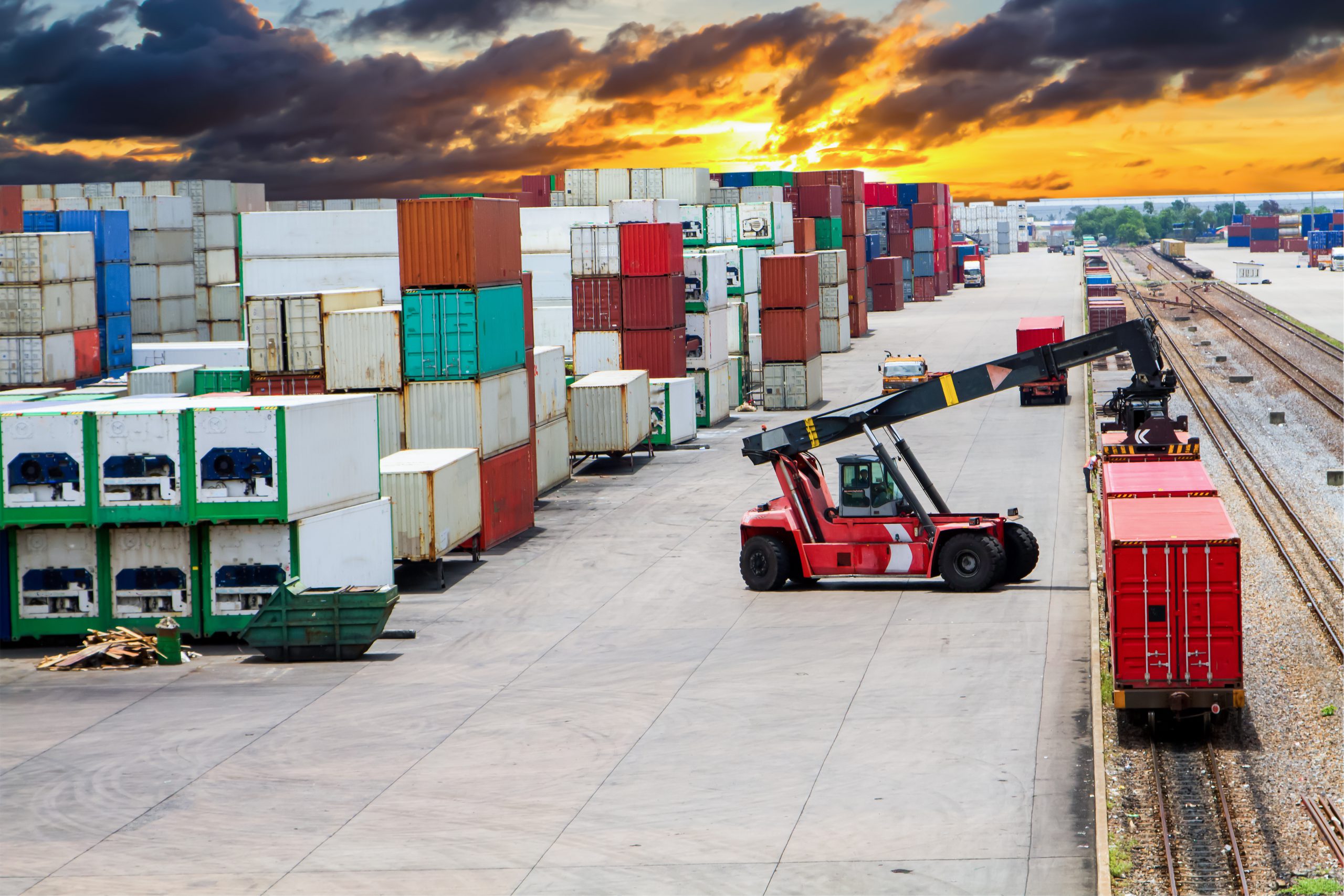
Productivity
Australia’s urban freight task alone is expected to grow by sixty per cent by 2040 and our infrastructure is already groaning under the weight of capacity constraints. Modal shift, 24/7 operability and the capacity to expand the operating footprint are critical to lifting output and contributing to broader economic growth.
Preparing for, and responding to, disruptions necessitates a pragmatic and collaborative approach between industry and governments based on what we’ve learnt through the COVID pandemic, geopolitical tensions and extreme weather events.
Allowing room to move
- Planning to preserve industrial land and capacity to expand key freight networks
- Achieving 24/7 operability with reform across freight movement curfrews, tolling and last mile delivery
- Strengthening our social license to operate as an industry, supporting community and ensuring 'friendly neighbour' principles
Encouraging modal shift
- Delivering the Inland Rail project and maximising the benefits
- Coordinated delivery of intermodal infrastructure
- Designated freight corridors to ensure critical investment and bust congestion
Building supply chain resilience
- Focusing on ensuring access to key freight enablers such as AdBlue, fuel, pallets and tyres
- Addressing the rising cost pressures
- Investing in rail infrastructure and fixing capacity constraints across the network
- Managing impacts of future global disruption
- Incorporating technology as part of future proofing the supply chain
- 'Mapping' the supply chain to ensure 'visibility' and to identify pressure points